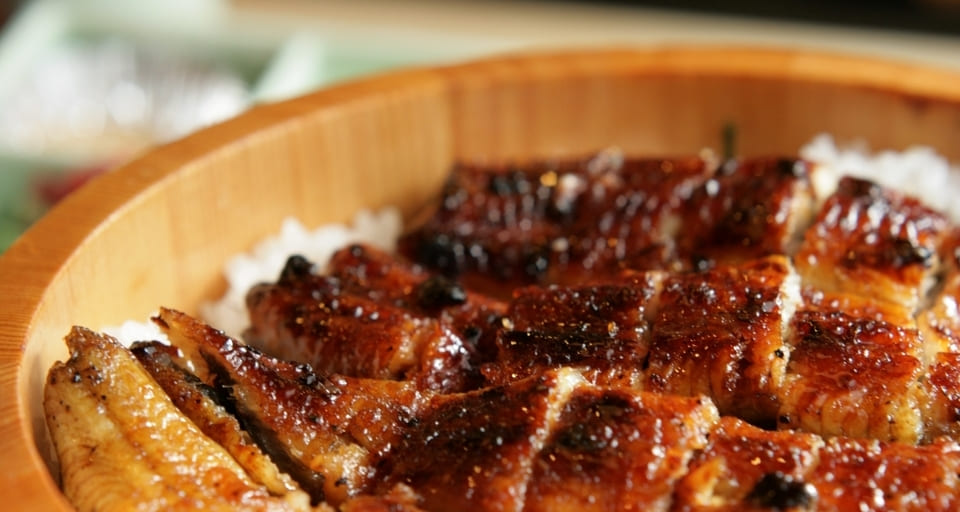Every summer, we often hear the word “土用の丑の日(Doyōnoushinohi),” which means a Day of the Ox. It’s also a word that you don’t hear in everyday life, so many foreigners may be interested in it.
This time, we would like to introduce what kind of day this ox day is and what customs are there.
What Kind of Day is Ox Day?
“The day of the ox(丑の日)” means the ox day when counting the days in the zodiac. You may have heard of “the midsummer day of the ox(夏の土用の丑の日).”
土用(Doyō) is a term that refers to 18 to 19-day periods connecting to the day when the season changes (beginning of spring, summer, autumn, and winter.) We rarely hear this word in our daily lives, so there are many Japanese who don’t know the meaning.
In short, “土用の丑の日(Doyōnoushinohi)” means the day of the ox that comes during the period immediately before the change of the season. Many people think it is a summer day, but every season has it.
The Midsummer Day of the Ox
The midsummer day of the ox is especially famous. Since there is a custom of eating eels on this day, you will have more chances to see eels for sale on supermarkets and other markets when the midsummer day of the ox approaches.
However, since the true season for natural eels is from autumn to winter, there is also a movement to spread the custom of eating eels on the winter day of the ox.
By the way, the midsummer day of the ox of 2020 is July 21st. If you are interested, why not try eel on this day.
Reasons to Eat Eel on the Midsummer Day of the Ox
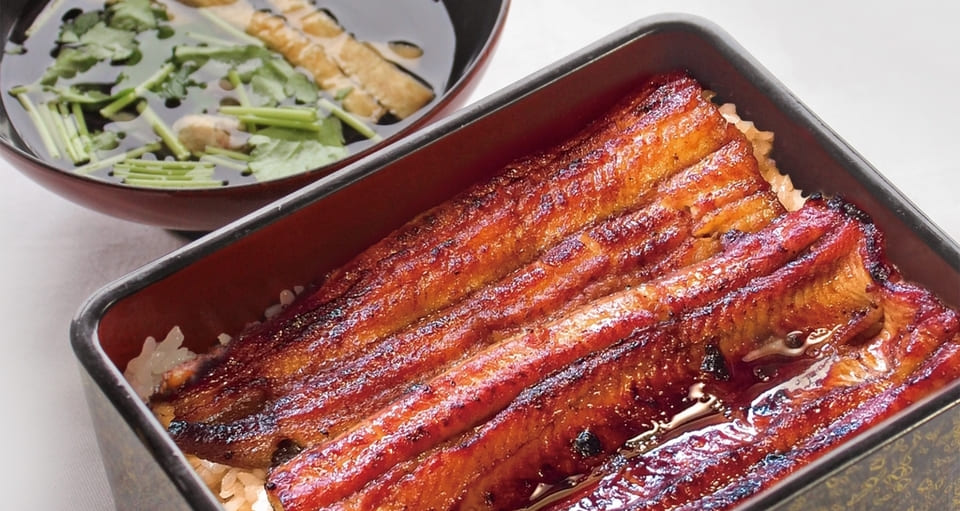
As we mentioned in the previous section, many people eat eel on the days of the ox in the summer.
There are various opinions about why this custom spread. Regarding the connection between summer and eel, it is said that it originated Manyoshu(万葉集), the oldest existing collection of Waka poetry in Japan. It contains a song recommending eating eel for loss of weight in the summer.
Also, it is often said that it was thanks to Hiraga Gennai(平賀源内), who is famous for the restoration of Erekiteru(a hand-operated electric generator), that the custom of eating eels on the midsummer day of the ox became popular. It is said that he received a consultation from an eel-house that sales would drop in the summer and then proposed a notice saying “Today’s the day of the ox” and recommending eels.
The above is just one of several theories, but it’s probably worth knowing.
Nutrition of Eel
One of the reasons why people eat eels on the midsummer day of the ox is that eels have a high nutritional value and are useful for preventing summer heat fatigue and recovering from it. People believe that eating eel, which is said to be rich in vitamins A and B, helps you stay healthy during the summer.
If you are easy to get tired in summer, try eating eel.
However, as mentioned above, the season of eel is from autumn to winter, so the taste of it in summer is lower than winter. Therefore, we recommend that you eat it as part of a seasonal event.
Eel Restaurants
You can buy eels in supermarkets and other places when the day of the ox is near, but here are some restaurants where you can enjoy eels.
Watabe(わたべ)
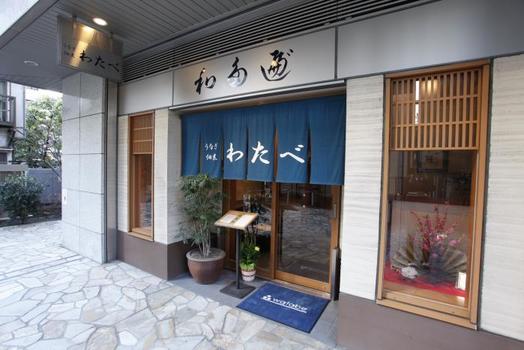
Watabe is an eel specialty restaurant in Bunkyo-Ku, Tokyo. You can eat high-quality eel here.
You may want to try eating eels at one of these restaurants while you’re in Japan.
Kawatoyo(川豊)
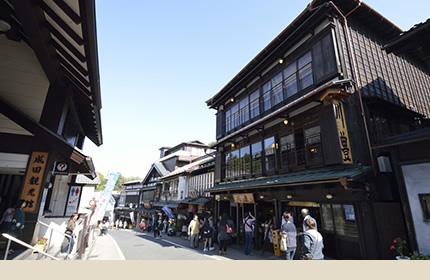
This is an eel specialty restaurant in Narita City, Chiba. It has gained popularity as a restaurant where you can enjoy the taste of a long-established store that has been in business for over 100 years.
It is located about 20 minutes by car from Narita International Airport, so it’s relatively easy for tourists to visit there.
UNAGI TOKU(うなぎ徳)
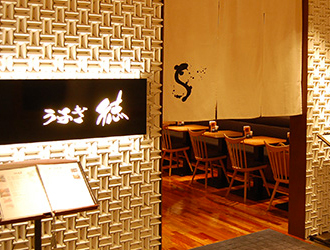
UNAGI TOKU is an eel specialty restaurant with multiple stores nationwide. There are stores in Tokyo, Kyoto, Osaka, and Fukuoka, for example.
Since it is often located in a commercial facility, you may feel easier to enter than other specialty restaurants.
Food for the Day of the Ox Other Than Eel
It is said that eating not only eels(うなぎ) but also foods with “u(う)” is good on the day of the ox.
Examples include the following.
- Udon(うどん)
- Salted plum(うめぼし)
- Cucumber(きゅうり)
If you go to a nearby supermarket, you can almost always get them. Eels are expensive, so you might want to try one of these instead.
Customs for the Day of the Ox Other Than Eating Eel
We will also introduce other customs besides eating eels. Each of them is not well known, but if you find something interesting, please try it.
Ushiyu(丑湯)
Ushiyu(丑湯) is a bath for preventing summer heat fatigue, which containing medicinal herbs. We take it on the day of the ox.
It is said that peach leaves, green tea, and Dokudami were used as the medicinal herbs, but there is no need to be particular about the type, so please try something you can get. If you just want to enjoy the mood, you may want to use a bath salt.
Also, some hot spring areas hold festivals called “Ushiyu Matsuri” on the midsummer day of the ox. It’s something like a community-based event, so we recommend you visit there if you are near.
Cucumber Blessing(きゅうり加持)
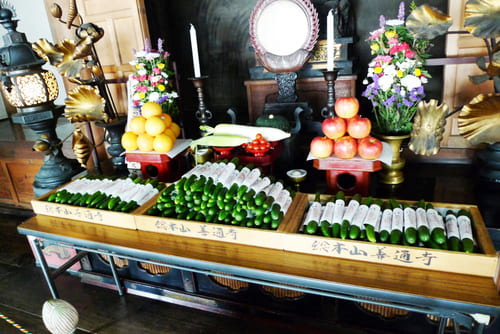
Cucumber blessing is a prayer ceremony held to overcome the hot summer. We pray for good health by containing the plague and disaster in cucumbers.
Not all temples do this, but for example, Zentsuji Temple in Kagawa prefecture performs it on the midsummer day of the ox, and you can participate at a prayer fee of 500 yen.
Conclusion
The day of the ox comes several times a year. Above all, the midsummer day of the ox is widely known, and there is a custom of eating eel. Many people purchase eels on this day.
Not only eels, but you can also enjoy eating foods with “u(う)” and soaking in Ushiyu. As one of the seasonal events, we recommend you to incorporate it into your life.

